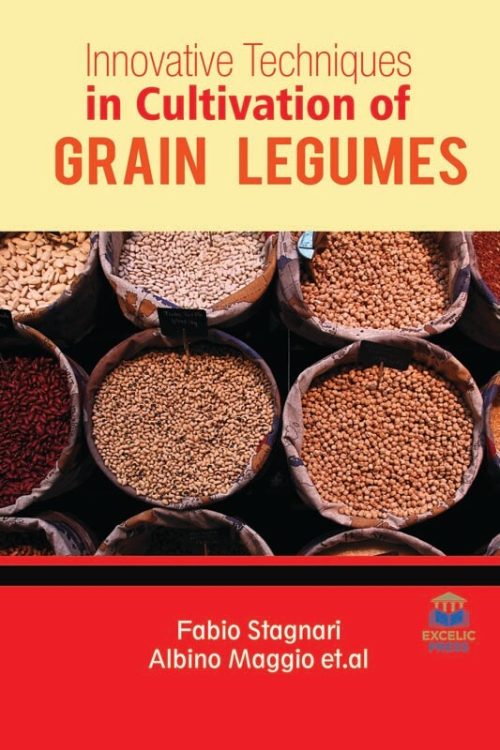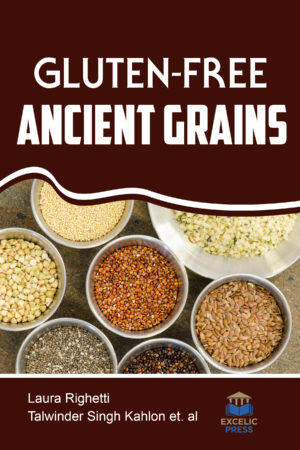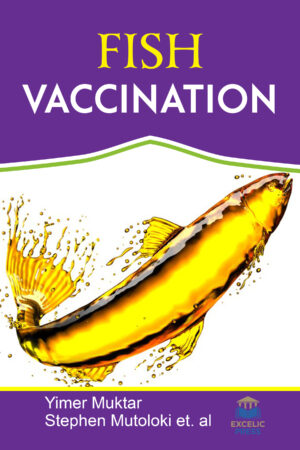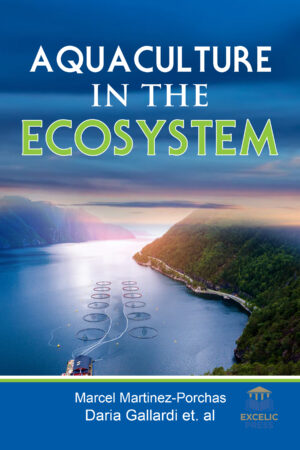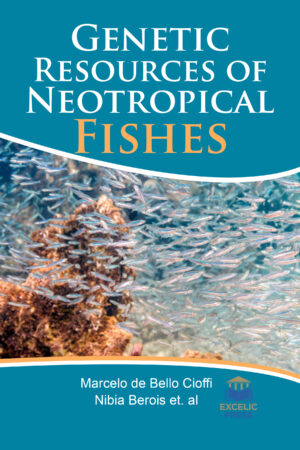Description
Currently, there is a growing interest in growing leguminous plants, as their high fodder value, universal consumption values, and their role in a sustainable and ecological production system are more and more widely appreciated. Global population will hit 9.6 billion people by 2050 and will face global challenges among which achieving food security, lowering the risk of climate change by reducing the net release of greenhouse gases into the atmosphere and meeting the increasing demand for energy is the most critical ones. Legume seeds and legume-based food are an important and sustainable sources of nutrients for the human diet, especially carbohydrates and proteins. They also contain active substances such as phenolic compounds whose antioxidant activity and health features are the subject of many studies. To meet these challenges, a policy framework needs to be developed in which the sustainability of production/consumption patterns becomes central. In this context, food legumes and legume-inclusive production systems can play important roles by delivering multiple services in line with sustainability principles.
Food security, lowering the risk of climate change and meeting the increasing demand for energy will increasingly be critical challenges in the years to come. Producing sustainably is, therefore, becoming central in agriculture and food systems. Legume crops could play an important role in this context by delivering multiple services in line with sustainability principles. This book starts with an overview of the multiple benefits of legumes for agriculture sustainability. The book follows with reproductive strategies in Mediterranean legumes: trade-offs between phenology, seed size and vigor within and between wild and domesticated Lupinus species collected along aridity gradients; role of Pigeonpea cultivation on soil fertility and farming system sustainability; the productivity of selected species and cultivars of legumes grown for seeds in organic production system; and genetic control of cadmium concentration in soybean seeds. Feeding approximately half of humanity is made possible by Haber-Bosch nitrogen, the other half by leguminous nitrogen. With the current focus on reducing emissions of greenhouse gasses while simultaneously increasing the biomass production for food, fiber, feed, and fuel, the use efficiency of the leguminous nitrogen must be improved. Drought, heat and cold are important factors among abiotic stresses limiting production in green legumes. Identification, validation, and integration of agronomic, physiological and biochemical traits into breeding programs could lead to increased rates of genetic gain and the development of better-adapted cultivars to abiotic stress conditions. This book illustrates the effects of stresses on plant growth and development. It also reviews the various traits and their relationship with grain yield under stress and proposes recommendations for future breeding. The book will fulfill the need of students and practitioners dealing with the associated field and, moreover, may provide new concepts and starting topics for future researches.

